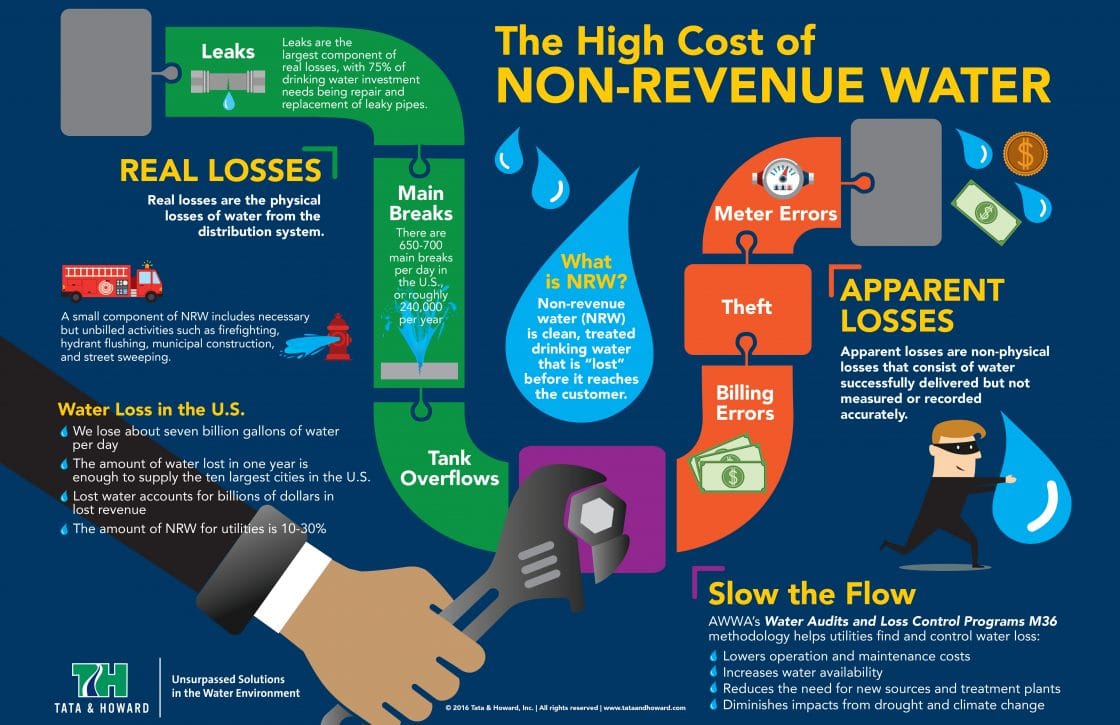Take Advantage Of The Detailed Balance Of Expenses And Environmental Influence To Reveal The True Capacity Of Solar Energy Versus Typical Resources
Take Advantage Of The Detailed Balance Of Expenses And Environmental Influence To Reveal The True Capacity Of Solar Energy Versus Typical Resources
Blog Article
Created By-Kirkeby Blum
When evaluating the viability of solar power versus conventional energy resources, you might find yourself contemplating the lasting sustainability and influence on your financial resources. The detailed equilibrium in between initial prices, recurring costs, and ecological implications elevates sixty-four-thousand-dollar questions about the future of power generation. As you browse via the intricacies of this contrast, a much deeper understanding of the nuances in cost-effectiveness, ecological stewardship, and power protection waits for exploration.
Cost-Effectiveness Contrast
When comparing the cost-effectiveness of solar power with standard power resources, it ends up being apparent that first investment differences play a pivotal duty in establishing long-lasting financial savings.
While solar energy systems call for a greater upfront investment for installation and equipment, they use substantial long-term benefits that can exceed the initial costs. The essential lies in comprehending that solar power systems have minimal recurring operational and maintenance expenditures contrasted to conventional power sources like nonrenewable fuel sources.
By investing in solar energy, you can potentially minimize utility costs over the system's lifespan. Furthermore, with improvements in innovation and lowering installment prices, solar power has actually become much more easily accessible and economical for homeowners and organizations alike. These savings can collect gradually, supplying a return on investment that exceeds typical power resources.
Additionally, solar power systems supply the benefit of energy freedom and stability against fluctuating energy prices. By taking advantage of the power of the sunlight, you contribute to a cleaner environment and minimize your carbon impact. Embracing https://shepherdexpress.com/news/features/habitat-for-humanity-brings-solar-power-to-milwaukee/ in the long run.
Environmental Impact Analysis
Solar energy provides a promising choice to standard energy resources due to its considerably reduced ecological influence. Unlike fossil fuels that give off unsafe greenhouse gases and add to air pollution, solar energy generates power without creating any kind of emissions.
The procedure of taking advantage of solar energy entails recording sunlight via solar panels, which doesn't release any pollutants right into the ambience. This lack of discharges helps in reducing the carbon footprint related to power manufacturing, making solar energy a cleaner and more sustainable alternative.
In addition, using solar power adds to conservation efforts by decreasing the demand for limited sources like coal, oil, and gas. By depending on the sunlight's bountiful and renewable energy source, we can aid preserve all-natural environments, safeguard environments, and alleviate the unfavorable effects of source removal.
Integrity and Power Landscape Assessment
For a thorough assessment of integrity and the energy landscape, it's necessary to examine how solar power contrasts to standard sources. Solar energy is making headway as a trusted and sustainable energy resource. While conventional sources like coal, oil, and natural gas have actually been traditionally dominant, they're finite and add to environmental degradation.
Solar energy, on the other hand, is bountiful and renewable, making it a much more sustainable choice in the future.
In terms of dependability, solar energy can be depending on climate condition and sunshine availability. Nevertheless, improvements in innovation have actually led to the development of power storage space remedies like batteries, improving the integrity of solar energy systems. Standard resources, on the other hand, are at risk to rate changes, geopolitical stress, and supply chain disruptions, making them much less reliable in the long term.
When analyzing the energy landscape, solar power uses decentralized energy manufacturing, reducing transmission losses and raising power safety. Typical resources, with their central power plants, are a lot more prone to disturbances and require comprehensive facilities for circulation.
Verdict
Finally, when comparing solar energy to traditional power resources, it is clear that solar energy provides an economical, environmentally friendly, and trustworthy alternative. With marginal functional prices, potential cost savings on utility expenses, and a considerably lower environmental influence, solar energy is becoming an extra sustainable and protected choice. Welcoming Recommended Web page can help reduce greenhouse gas emissions and contribute to preservation efforts, making it a compelling option for the future.
